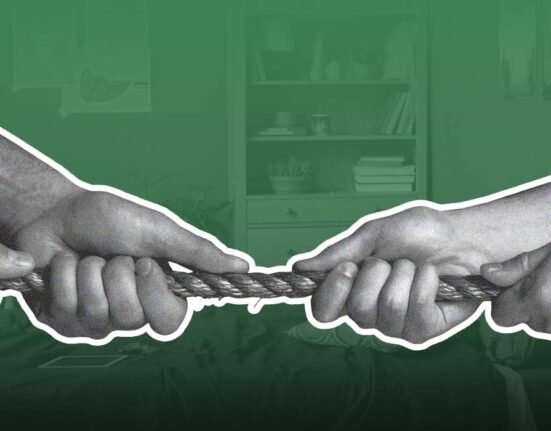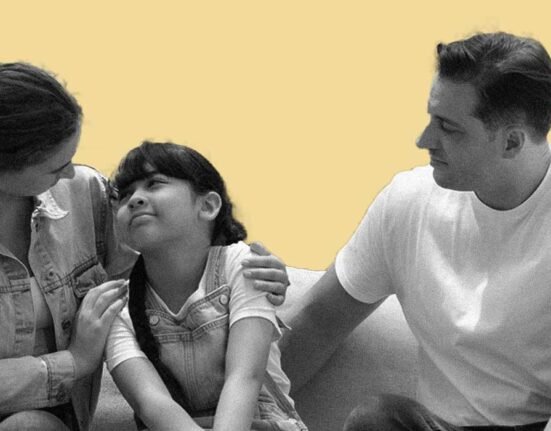Reena is a young mother of Ahaan, a three year old who was recently diagnosed with autism by a psychologist. While struggling to come to terms with her child’s diagnosis and its implications she often feels stressed out with Ahaan’s frequent melt downs and aggressive behaviors. Aftab is the father of Jamal, a lively seven year old against whom there are several complaints from school of lying, cheating, stealing and recently playing with matchsticks at school. Being a single parent almost since Jamal’s infancy, he felt guilty, frustrated and inadequate when the school counsellor opined that Jamal has symptoms of Conduct disorder and Oppositional Defiant Disorder [ODD]. Aftab was devastated. Vikas was the darling of his parents and grandparents at home.
He was always a handful to manage, but it was not till teachers expressed their concerns that he would not sit in his class, he was not writing his notes, not reading, always disturbing others and clowning in class. When his paediatrician adviced them to consult a psychologist for ADHD symptoms leading to a possible Learning disability, parents expressed shock, anger and disbelief and argued that there was nothing wrong with the child and the issue was unnecessarily blown out of proportion.
Also Read: How to Raise Emotionally Resilient Children
Childhood Behavioral Challenges with Proactive Solutions
Nowadays a lot of children are increasingly being diagnosed for autism, ADHD, ODD, Conduct disorder and Learning disorders and referred for intervention. Relevant therapies and treatments are available for parents in order to alleviate the symptoms. Childhood is the crucial time, which offers a window of opportunity to correct any dysfunctional or inappropriate behaviors. Unfortunately, many parents feel that either there is no problem with their child or that these issues will resolve as the child grows, not realising that they are losing precious time when a course- correction is certainly possible. Typically, parents go through the cycle of disbelief, anger, sadness before they come to a stage of acceptance and come to terms with the issues and work on them proactively towards a solution.
Instead of getting overwhelmed by the diagnosis, parents will do well to focus on what is their role in modifying the aberrant behaviors and leave the diagnosis [‘labeling’ which is so abhorrent to parents] to professionals. It is important for parents to understand the concept behind the term not merely the name of the term. For instance, as a parent of a child diagnosed with ADHD they have to understand that basically this means that there are delays or disabilities in three important areas: I) lack of impulse control II) over activity and restlessness iii) inattention. Alternatively, that Autism is a social communication disorder; Learning disorder refers to difficulties in language processing and expression leading to scholastic backwardness; in Conduct disorders, children are frequently influenced by immediate rewards and escape opportunities and their restless behavior seems linked in nature to the impulsive behavior and poor inhibition.
Also Read: Do you know about Hybrid learning? And, its impact on children’s
Functional Nature and Collaborative Role of Parents:
Emphasize the functional nature of behavior. Usually, repeated commands, verbal reprimands and correction are commonly directed at children to correct behavior, however, when these same children are well behaved their parents give fewer rewards for compliance and initiate fewer verbal interactions.
So, the first step for parents would be to accept that their child might be having a condition in which they can play a major role at home as well as be co-partners in mainstreaming her at school and in society. Otherwise, there is a strong possibility that the child’s condition may deteriorate, leading to ostracism from peers and negative responses from family members and others.
Parents need to find out as much as they can about the child’s diagnosis and should not hesitate to ask the professionals what the diagnosis means in actual behaviors.
By showing interest and acceptance they will get cooperation from teachers, professionals and others in the child’s life. Parenting is not an easy job and there is a saying “It takes a village to raise a child”. They should learn to enlist help of family, friends and colleagues when overwhelmed and take professional help themselves when stressed by the child’s condition.
Second, they need to look for patterns in the child’s and their own behaviors and reactions and examine beliefs about parenting. They should look for triggers for the child as well as themselves to avoid falling in the trap of dysfunctional behaviors repeatedly.
Also Read: How to take care of children with disabilities?
Third, how can a parent mould behavior? By constantly complaining, grumbling, talking negatively or comparing the child with others, the situation may deteriorate further. Do they have to constantly beg and cajole him to do as required? Do they give him too many choices which he can exploit and wriggle out of? For eg if she is asked ‘Do you want to brush your teeth?’ it is very likely to be met with a ‘NO! I won’t’ but if she is calmly told ‘I want you to brush your teeth now’ and look as if it is expected to be done, there is at least a 50% chance she (albeit unwillingly) will do it.
Parenting Strategies
If it is necessary to offer choices, give two sensible ones eg ‘Would you like potato or beans in your curry?’ rather than ‘Do you want icecream or sandwich now?” and hope that he will exercise the latter; but mostly likely he may want the former and that will leave the parent feeling frustrated and angry. Give commands that focus on behavior that the child has to do now, not later. For example, rather than instructing a child to, “feed the dog after you eat breakfast”, tell her “feed the dog now, please”. Once that is done, you can praise her for it and ask her to wash and come for breakfast. As part of the command, include short and valid reasons why the child is to do something.
Also Read: Behavioural Disorders in Children
Make sure the child is oriented and observing. Get reasonably close to the child, use the child’s name, establish eye contact, clearly label or describe the required behavior [i.e., operationalize] and present short instructions that have a few steps ( ‘chunking’).
Use praise liberally when the child complies and this should start the moment he starts to follow directions. Do not wait till the task is completed. Name the desired behavior (or the outcome of the behavior] and present praise with a visible positive emotion. Parents should smile and use a nice physical touch if they want. Do not praise in an angry, sarcastic or insulting manner and do not diminish the reinforcing effect by saying something like: “You were really polite when we ate supper; why were you so rude at breakfast?” For parents who like to lecture, it helps to know that for ADHD children extra narrative and detail can reduce comprehension and performance.
Positive Parenting and Behavior Management
Use corrective procedures such as “Time Out” and “Loss of privileges” or “Compensating judiciously”. Do not yell, threaten or beat the child, however much you feel provoked. This only worsens the child’s already threatened self esteem and can start a spiral of violent and abusive behavior which can easily spin out of control. Timeout is a complex procedure that is least understood, highly misused and quickly discarded as ineffective, unfortunately! Consequences for noncompliance are an essential part of the treatment protocol along with parents being calm, in control, consistent and authoritative. Withholding toys or playtime for non-compliance for inappropriate behaviours can act as a deterrent against future misbehaviours. Parents need to “pick their battles”, and to observe the rule for praising desirable behaviors versus corrective strategies in the ratio of 2 is to 1 so that they can guide the child positively towards the desired behaviors.
Also Read: Empathy in Action: Helping Children Navigate Big Emotions
Finally, encourage patience and acknowledge that mistakes are inevitable. Cooperate with the psychologist or therapist for best results. Ask for periodic reviews to see if you are on the right track and the child is progressing in the right direction. There are no short cuts and it can often take you months or years, but the rewards are well worth the efforts.













Leave feedback about this